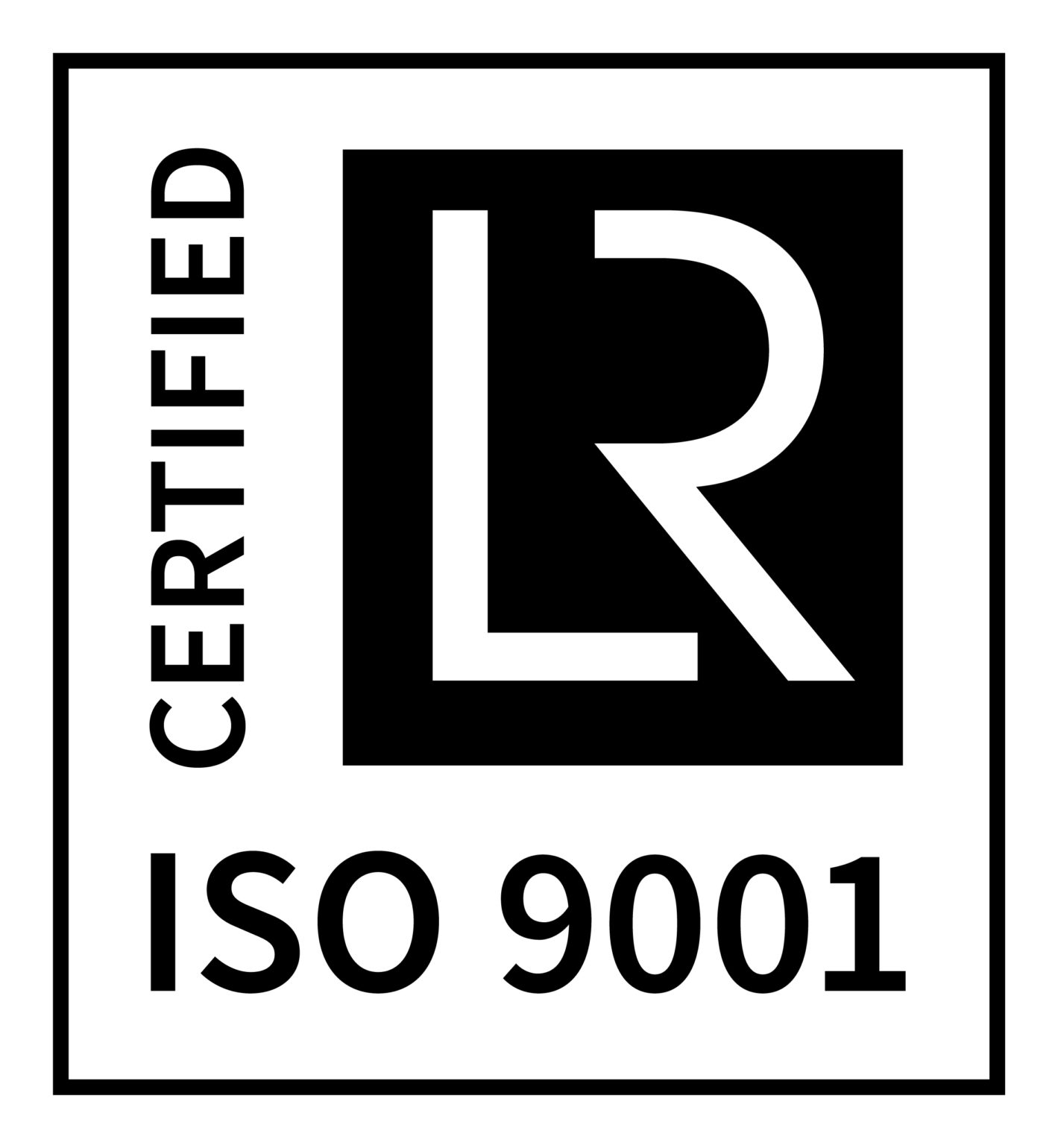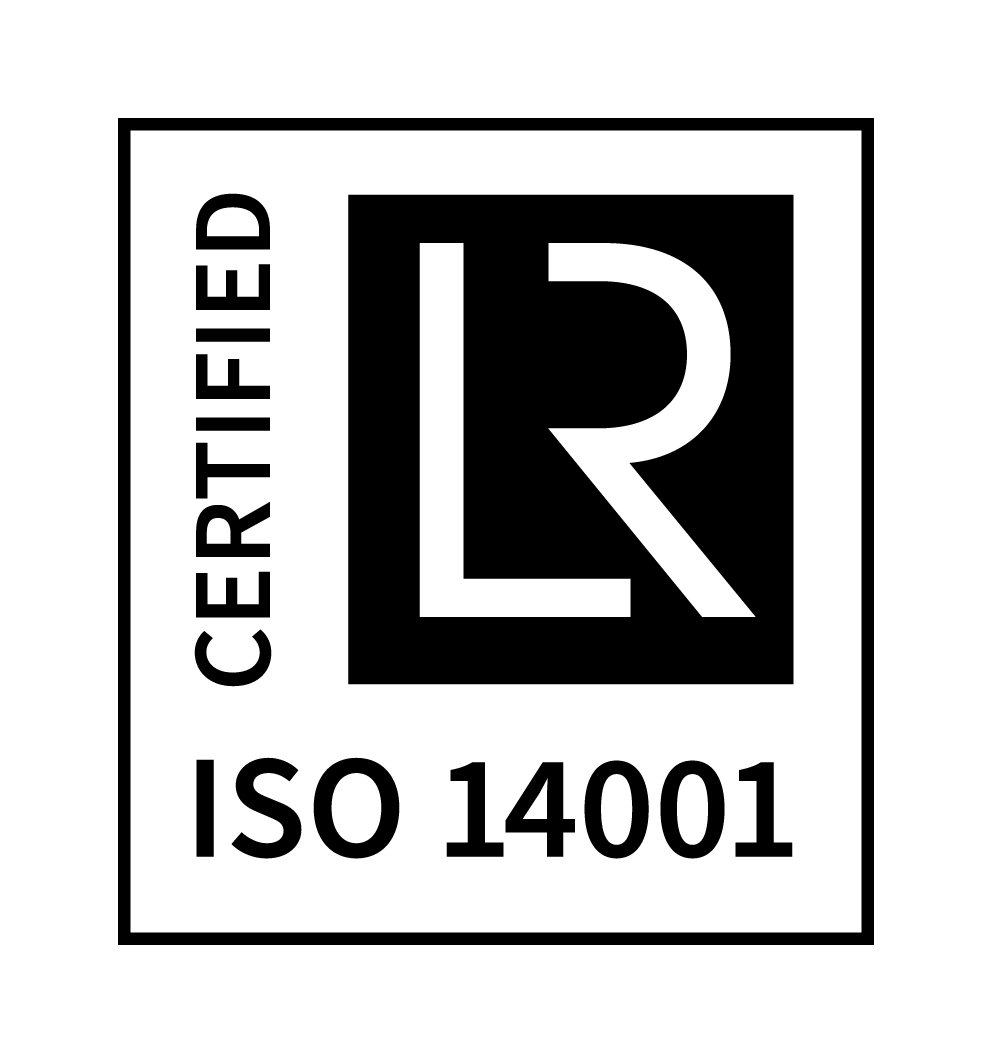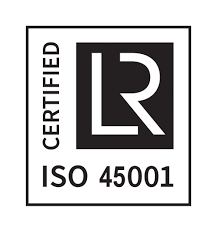
Peninsula Yacht Services are the leading industry experts in marine fuel solutions. As a global provider of maritime fuel bunkering services, our team of professionals have compiled a detailed guide to aid you in making well-informed decisions on the fuel solutions for your yacht.
Understanding Low and Ultra-Low Marine Oil
Since January 1st, 2020 the International Maritime Organisation has implemented a global cap of 0.50% on sulphur in marine fuel emissions. This action should reduce the amount of sulphur oxide in the air preventing further damage to the ozone layer. To power your superyacht there are two different types of low-sulphur fuel you can use.
| LSMGO – Low-Sulphur Marine Gasoil | This fuel has a sulphur content of less than 0.1% which allows it to be used in EU ports or Emission Control Areas (ECAs), which meet the limit corresponding to the IMO regulations. |
| AGO- Automotive Gasoil | Containing 97% less sulphur than MGO, AGO was developed to reduce diesel emissions and help to cut pollution. Originaly developed for use with shoreside engines, AGO has become the fuel of choice for yachts due to its ultra low sulphur content. |
Identifying Bunker Fuel
There are a variety of different names in the marine oil industry and this can make identifying the right bunker fuel for your yacht confusing. Peninsula is here to help identify a helpful list of alternative names and abbreviations for marine oil.
| MGO | Marine Gas Oil |
| MDO | Marine Diesel Oil |
| IFO | Intermediate Fuel Oil |
| MFO | Marine Fuel Oil |
| HFO | Heavy Fuel Oil |
Automotive Gasoil - AGO
Also known as diesel, AGO is a by-product of crude oil. This fuel is less flammable compared to other petroleum products and is more dependent and efficient when running heavy-duty equipment making it a suitable choice for larger vessels.
Glossary
Finding the right marine fuel solution can not only provide financial benefit, but it can also ensure the longevity and efficiency of the yacht’s engine.This glossary will prove valuable in keeping you up to date with the latest marine fuel solutions.
| AGO | Automotive Gasoil |
| MGO | Marine Gasoil |
| LSMGO | Low-Sulphur Marine Gasoil |
| MDO | Marine Diesel Oil |
| ULSD | Ultra-Low Sulphur Diesel |
| EN590 | Standard published by the European Committee for the standardisation that describes the physical properties that all automotive diesel sold in Europe must meet. EN590 is not a marine fuel specification. |
| ISO 8217 | Fuel specification for marine fuels |
| FAME | Fatty Acid Methyl Ester |
| HVO | Hydrotreated Vegetable Oil |
| UCO | Used Cooking Oil |
| WTW | Well-to-Wake, a term used when measuring the environmental impact of the fuels from production all the way through to using the fuel onboard. |
| 10 ppm | 10 parts per million, the maximum sulphur content for automotive diesel complying with EN590. |
| FAME Free AGO | Automotive Gasoil with no more than traces of FAME |
| CFPP | Cold Flow Plugging Point |
| Pour Point | The lowest temperature at which oil flows |
| Flash Point | The lowest temperature at which vapour will form near the surface which would ignite if exposed to an open flame or spark. The minimum flash point for yachts is 60oC. |
| AUS | Aqueous Urea Solution (commonly known as AdBlue in the automotive industry). A solution used in SCR systems to reduce Nitrogen Oxides emissions. |
| SCR | Selective Catalytic Reduction |
| NOx | Nitrogen Oxides |
| SOx | Sulphur Oxides |
| Ex-pipe | Fuel delivery by pipe directly from the storage facility |
| Ex-truck | Fuel delivery directly from a road tanker |
Marine Fuel Solutions
Cost of fuel can represent anywhere from 30 – 50% of the total operating costs of a ship. With facilities in 10 major shipping hubs across the world and a network of carefully vetted local suppliers Peninsula can provide the most cost-effective route when supplying fuel.
With the correct fuel solution, you can ensure that your yacht is always running smoothly, efficiently, and sustainably. Contact our experts today to learn more about the best fuel solutions for your yacht.




